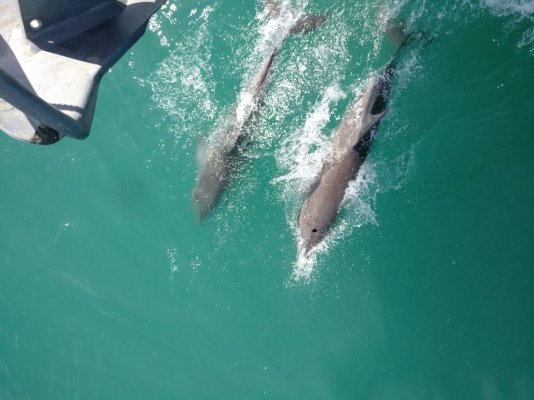Panhandler
Senior Member
Hi all,
Has anyone played with a rainwater collection system? We're in the Caribbean for the next few months and, since we don't have a water maker, are investigating water options other than small docks and expensive water. I'm considering directing the water on our large roof towards one spot, gravity feeding it down through an inline filter or two to a hose that can be inserted in the tank fills.
I would welcome any input. Thanks

http://cloud.tapatalk.com/s/58a9e263db188/IMG_20170217_123022.jpg?
Has anyone played with a rainwater collection system? We're in the Caribbean for the next few months and, since we don't have a water maker, are investigating water options other than small docks and expensive water. I'm considering directing the water on our large roof towards one spot, gravity feeding it down through an inline filter or two to a hose that can be inserted in the tank fills.
I would welcome any input. Thanks

http://cloud.tapatalk.com/s/58a9e263db188/IMG_20170217_123022.jpg?
